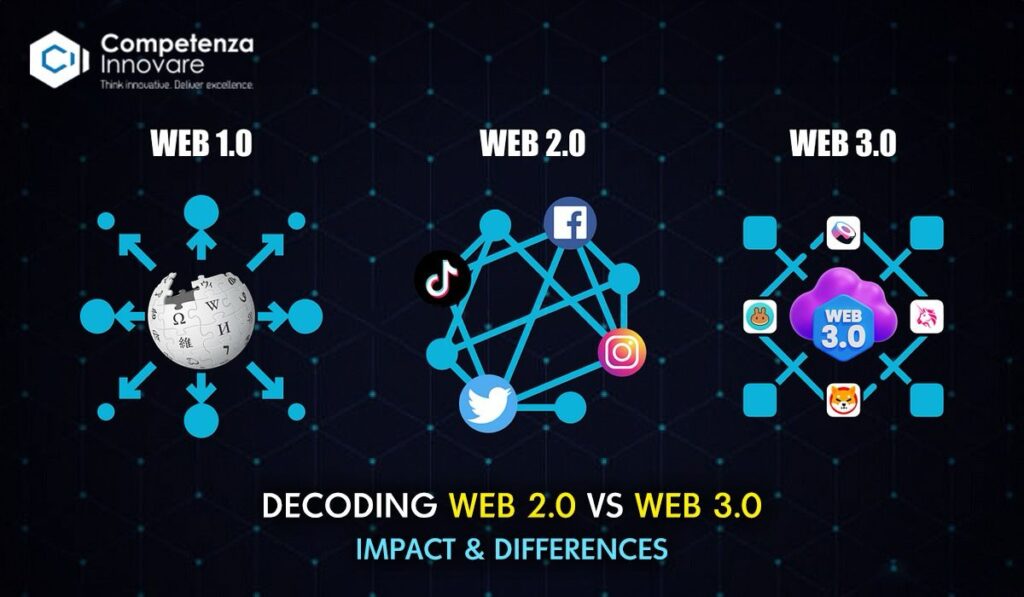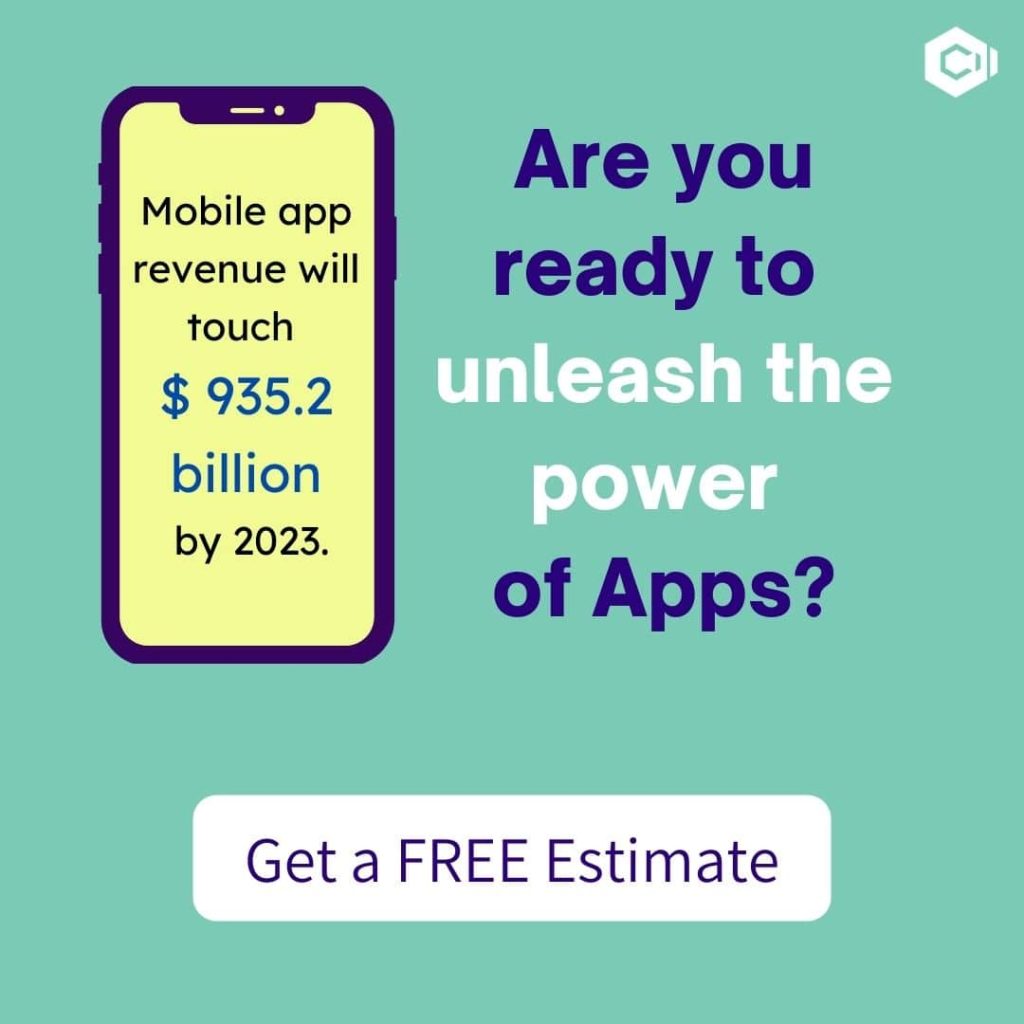This article will help you understand the difference between Web 2.0 vs Web 3.0.
In this blog post we are going in detail about web 2.0 and web 3.0, what they are and they will affect your online presence.
We have opened the comment section for discussion, so if you have any thoughts do share in the comment box.
So you remember those epic mythological tales, where stories were passed down through generations, constantly evolving as they traveled from one bard to another? The internet is much like those tales, a continuous conversation that keeps changing.
Web 2.0(the current internet) is like the era of traveling bards. We share information, stories, and ideas on platforms like social media. But just like the bards relied on the patronage of kings, our online experiences are controlled by large tech companies.
Web 3.0, the next stage of the internet, is like the dawn of the independent storyteller. Imagine a world where these stories are recorded on magical scrolls (think blockchain technology) that anyone can access and contribute to.
You, the user, control your narrative (your data) and who gets to hear it. This decentralized network allows for a more secure, personalized, and potentially even more democratic online experience.
In one line: In Web 2.0 companies have control over your data whereas in Web 3.0, you control and own your data.
So, get ready to rewrite your own digital story in the exciting world of Web 3.0!

Web 2.0 Vs Web 3.0:
A. Real-World Examples:
- Web 2.0: Think of Facebook. It allows users to create profiles, share content, and interact with others. This exemplifies the user-generated content and social interaction that defines Web 2.0.
- Web 3.0: Consider online games like Decentraland. Players own virtual land and items using cryptocurrency, showcasing Web 3.0’s focus on decentralization and user ownership.
B. Challenges and Criticisms of Web 3.0:
- Decentralization Challenges: Maintaining a decentralized web can be complex. Who governs the rules?
- Accessibility Issues: Web 3.0 technologies like blockchain can be complicated for everyday users. How can we ensure inclusivity?
- Security Concerns: Decentralized systems can be vulnerable to new hacking methods. How can we ensure user data remains secure?
C. Side-by-Side Comparison:
| Feature | Web 2.0 | Web 3.0 |
|---|---|---|
| Control of Data | Owned by platforms (Facebook, Google) | Owned by users |
| Content Creation | User-generated content encouraged | Focuses on semantic meaning and interoperability |
| Monetization | Platforms capture most ad revenue | Users can own and monetize their data |
| Applications | Social media, blogs, video sharing | Decentralized finance (DeFi), blockchain games, Metaverse |
Web 2.0: The Social Web
Think back to your school days and remember the lively community notice board. Web 2.0 is like that board on steroids! It’s all about user-generated content – information and ideas shared by everyday people, just like you.
Here’s how it works: Imagine anyone can pin interesting articles, funny videos, or even start discussions on this massive online board. Platforms like Facebook, YouTube, and Twitter are popular examples of Web 2.0 spaces. These platforms allow you to connect and interact with friends, family, and even complete strangers who share your interests.
However, just like the school notice board was ultimately managed by the teachers (the platform owners), Web 2.0 platforms have their own rules and regulations. These platforms control how the information is displayed and who sees it. Additionally, there are concerns about data privacy. The information you share on these platforms might be used for targeted advertising or even sold to third-party companies.
Service We Offer: Data Science & AI Development
Web 3.0: The Decentralized Web
Imagine a revolution is brewing in the world of online bulletin boards! Web 3.0 is all about decentralization, which means there’s no single entity like a school principal controlling the information flow.
Think of it this way: Instead of one massive board controlled by the teachers (Web 2.0 platforms), Web 3.0 empowers everyone to create their own smaller bulletin boards, or even connect with others who share similar interests to build community boards. This could be anything from a local sports fan group to a network of history enthusiasts.
Here’s where things get exciting:
- Data Ownership: In Web 3.0, you’re the king (or queen) of your data! Imagine the information you share online is stored on secure digital vaults (think blockchain technology) that you control. You decide who gets to see it and how it’s used.
- Privacy Control: Remember those concerns about privacy in Web 2.0? With Web 3.0, you have more control over what information you share and who has access to it.
- AI Integration: Imagine a world where the internet becomes more intelligent and anticipates your needs! Web 3.0 might integrate Artificial Intelligence (AI) to personalize your online experience and offer relevant information or recommendations based on your interests.
- A More Secure Online Experience: Data breaches and privacy concerns are a major issue in Web 2.0. Web 3.0, with its focus on decentralization and secure data storage, could potentially offer a more secure online environment for everyone.
It’s about creating a more secure, user-centric, and potentially even more democratic online environment.
V. Conclusion:
The internet, like those ever-evolving mythological tales, is constantly changing. Web 3.0 is still being written, but it holds immense promise for a future internet that’s more user-centric. Imagine a web where you control your data, your privacy is respected, and the online experience caters to your unique needs.
While Web 3.0 might take some time to fully develop, the potential benefits are undeniable. It’s a future where the internet empowers users, fosters innovation, and connects us in exciting new ways.
The future web is in our hands! Are you curious to learn more about Web 3.0 and its potential impact? Share your thoughts and join the conversation about the exciting possibilities that lie ahead



